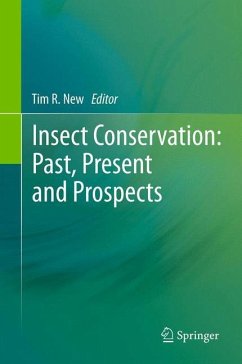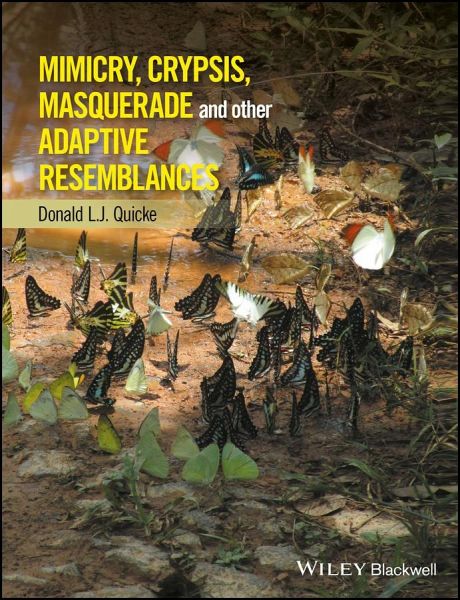
Mimicry, Crypsis, Masquerade and Other Adaptive Resemblances
Versandkostenfrei!
Versandfertig in über 4 Wochen
77,99 €
inkl. MwSt.
Weitere Ausgaben:

PAYBACK Punkte
39 °P sammeln!
Deals with all aspects of adaptive resemblance
_ Full colour
_ Covers everything from classic examples of Batesian, Mullerian, aggressive and sexual mimicries through to human behavioural and microbial molecular deceptions
_ Highlights areas where additonal work or specific exeprimentation could be fruitful
_ Includes, animals, plants, micro-organisms and humans
_ Full colour
_ Covers everything from classic examples of Batesian, Mullerian, aggressive and sexual mimicries through to human behavioural and microbial molecular deceptions
_ Highlights areas where additonal work or specific exeprimentation could be fruitful
_ Includes, animals, plants, micro-organisms and humans




